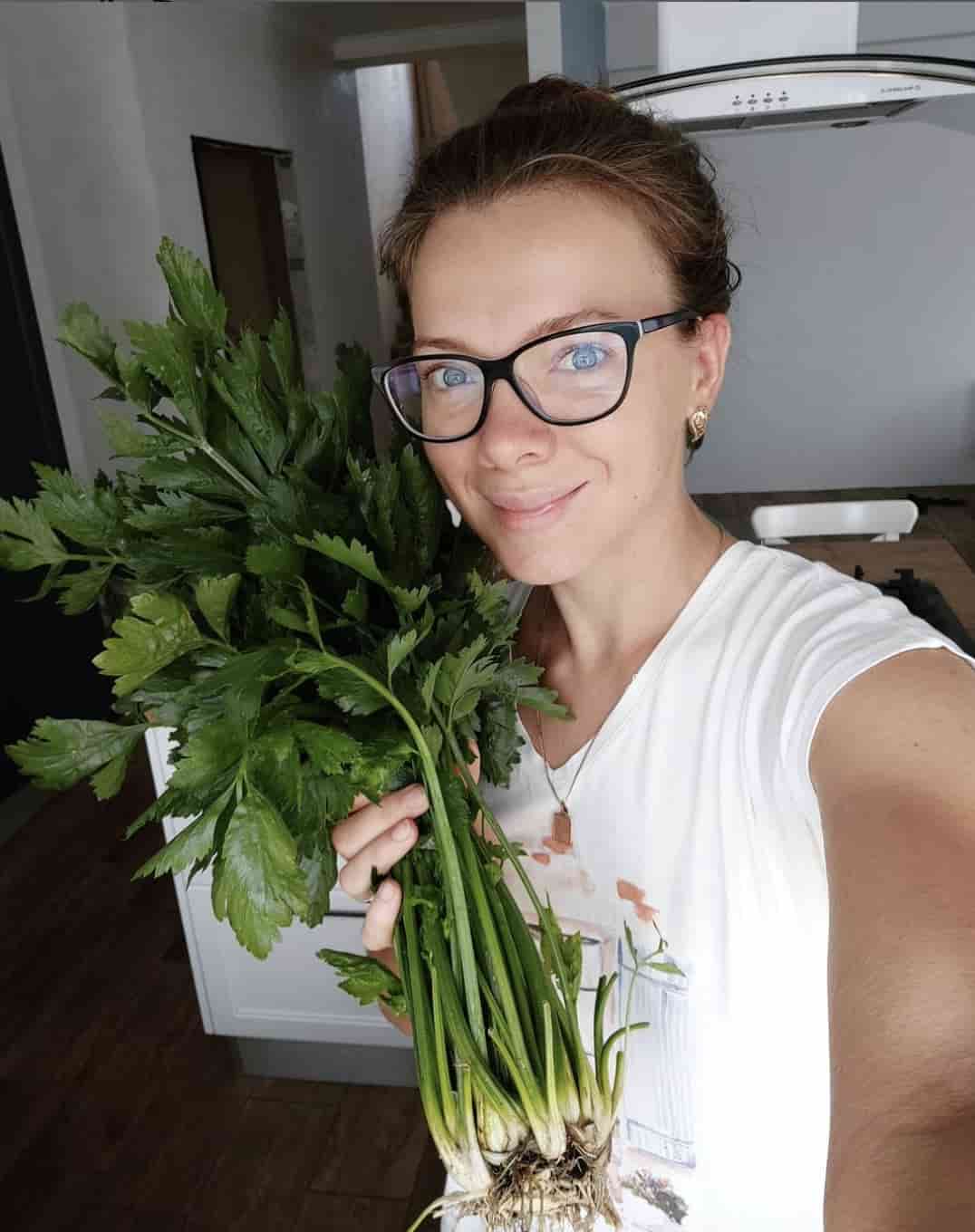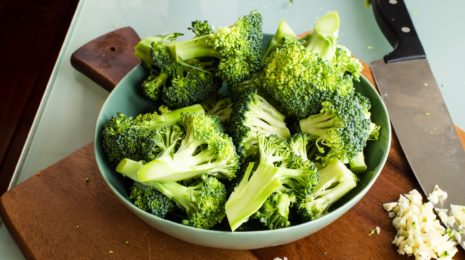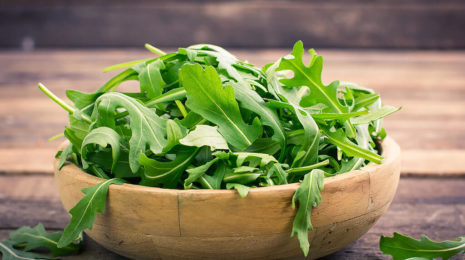One of the most popular types of cabbage in the world is Savoy cabbage. It is also called the “Queen of Vegetables” for its unique gastronomic and medicinal properties (prevention of ailments and a mandatory component of diets) [1]. This variety was first grown in the early nineteenth century. This cabbage is popular among housewives in the United States and Western Europe.
What Is Savoy Cabbage?

Savoy cabbage cannot be used for cooking sauerkraut which is a portion of authentic Russian food.
What Does Savoy Cabbage Taste Like?

Savoy Cabbage Nutrients
The product is unique in its composition [3]. There are no tough veins in the leaves of the vegetable – the variety has relatively less fiber. Savoy cabbage has a low nutritional value – 28 kcal per 100 g. The composition includes:
| Key substances | per 100g. |
| Water | 91g. |
| Carbohydrates | 6.1 g |
| Cellulose | 3,1 g |
| Squirrels | 2.0 g |
| Zola | 0.8 g |
| Fats | 0.1 g |
| Omega-9 | 0.07 g |
| Vitamin K | 0.07 g |
| Beta carotene (A) | 0.6 g |
| Folic acid (B9) | 0.08 g |
| Ascorbic acid (C) | 31 g |
| Minerals | per 100g. |
| Potassium | 230 mg |
| Phosphorus | 42 mg |
| Calcium | 35 mg |
| Magnesium | 28 mg |
| Sodium | 28 mg |
| Iron | 0.4 mg |
| Zinc, Zn | 0.27 mg |
| Manganese | 0.018 mg |
| Copper | 0.062 mg |
| Selenium | 0.0009 µg |
| Fluorine, F | 0.7 µg |
Savoy Cabbage Health Benefits
- Cancer prevention. The scientists made a phenomenal discovery in 1957. Ascorbigen components were investigated in Savoy cabbage. When broken down in the stomach, this substance slows down the cancerous growth. It is necessary to eat fresh Savoy cabbage leaves to obtain these valuable medicinal properties. [4]
- Anti-ageing. The antioxidant glutathione aids in the neutralization of free radicals. It helps to keep the skin and vascular walls smooth and elastic. [5]
- Immune system reconstruction. [6]
- Normalization of the nervous system It helps to cope with stress factors and quickly survive traumatic situations. Regular consumption of this green vegetable protects against depression and chronic fatigue.
- Blood sugar levels decrease. Savoy cabbage contains the natural sweetener mannitol. This unique substance is suitable for use even in diabetes mellitus. [7]
- Blood pressure decrease.
- Restore digestive function. This type of cabbage contains a lot of vegetable fiber, which is necessary to activate the motility of the gastrointestinal tract.
- Heart disease prevention The specialists recommend that older people supplement their menu with Savoy cabbage. It reduces the risk of heart and brain attacks and prevents cholesterol plaques. [8]
- Improves working capacity, memory, and concentration. Helps to cope with easy fatigability.
- Wound-healing effect. has a positive effect on blood coagulability.
- promotes weight loss. Savoy cabbage activates metabolism and stimulates subcutaneous fat stock consumption. [9]

For Women
- Stabilization of the hormonal background.
- Less chance of collagen loss by skin cells.
- Reduced body weight due to low caloric content.
- Reduced facial rashes, as well as improved hair condition.
For Men
- Prevention of prostatitis and adenoma of the prostate.
- Increasing stamina, strengthening muscles and physical strength.
For Pregnant Women
- Ensuring the correct formation of the fetus.
- Stimulation of intestinal function.
- Folic acid saturation, necessary for the fetus to be born. If the substance is deficient, a neural tube defect can occur. [10]
When Breastfeeding
- Improve the quality of breast milk.
- Improved digestion for mother and baby.

Savoy Cabbage for Weight Loss
- A lasting feeling of fullness.
- Reduced digestibility of carbohydrates.
- Intestinal cleansing.
- Withdrawal of excess fluid.
Savoy Cabbage for Skin and Hair
Women use freshly squeezed juice as well as whole leaves of fresh cabbage to create homemade beauty products. [11]
- To give freshness to the face, it is necessary to boil the leaves of “curly” cabbage, and then the resulting decoction to strain and cool. Rub one to three times a day on your face and neck with a cotton pad soaked in the decoction. Suitable for all skin types (combination, dry, oily).
- It is advised to wipe the face with equal parts of fresh cucumber and “Savoy” juices to treat greasy skin.
- To care for dry skin you need to dip a layer of absorbent cotton or gauze bandage in freshly squeezed juice of savoy cabbage and put on the face for 15-20 minutes. When dry, make the “mask” again. Before applying it, it is recommended to treat the face with a fat cream or sour cream. Repeat two or three times a week.
- For owners of thin and split hair, it is recommended to rub a mixture of equal amounts of juice “Savoy”, lemon and spinach into the scalp.
- Freshly squeezed juice of Savoy cabbage from 4 to 5 times a day is recommended to wipe warts. Napkins, cotton swabs or gauze bandages soaked in cabbage juice and apply to the spot with warts, over attach a film and wrap overnight. Repeat daily.

«Italian» Cabbage Harm
Despite all the benefits of Savoy cabbage, in some cases its inclusion in the diet can be harmful. Savoy cabbage is contraindicated in such cases:
- Gastroenterological diseases such as ulcers, gastritis and pancreatitis (because of the large amount of fiber).
- Past abdominal or thoracic surgeries.
- Thyroid problems.
- Urolithiasis.
- Tendency to diarrhea.
Eating Savoy Cabbage
The vegetable can be eaten regularly and several times a day, but everything should be in moderation.
This vegetable should not be consumed in excess of 200 grams in a single serving. If you want to lose excess weight, it is best to divide the consumption of Savoy cabbage during the day. You should start the morning with a salad of savoy cabbage in addition to other vegetables. A snack in the morning can be arranged with a glass of freshly squeezed juice. Lunch and/or snacks are advised no later than 2 p.m., and it is also recommended to consume salted cabbage at these meals.
How To Store Savoy Cabbage?
The storage requirements are almost the same as for white cabbage. “Italian” cabbage can be stored at fairly low temperatures (down to -3°C) because of the lower density of the cauliflower and high dry matter content. For storage you should pack the vegetable in a plastic bag, wrap it in cling film and place it in the refrigerator. In this way, the vegetable will not lose its freshness for three or four days.
Savoy Cabbage Recipes
Conclusion
In conclusion, savoy cabbage is a delicious and nutritious vegetable that is packed with essential vitamins, minerals, and antioxidants. It is a versatile ingredient that can be used in a variety of dishes, from soups and stews to salads and side dishes.
Whether you are looking to add more vegetables to your diet, or simply want to try a new and flavorful ingredient, savoy cabbage is definitely worth considering. With its crunchy texture, mild flavor, and impressive health benefits, it is sure to become a staple in your kitchen.
So go ahead and give savoy cabbage a try! Experiment with different recipes and cooking techniques to discover all the wonderful ways in which this versatile vegetable can be enjoyed.
FAQ
Scientists assure that it is safe to eat vegetables raw before going to bed. The most useful option in this case is cabbage, because "savoy" makes the stomach work faster, not allowing it to "fall asleep" prematurely without fully digesting the food.
The vegetable can be eaten regularly and several times a day, but it is necessary to know a measure for everything.
Savoy cabbage can be frozen. To do this you need to prepare the cabbage without cracks, remove the damaged or insect-infested leaves.
Introduce into the diet from 8 months











